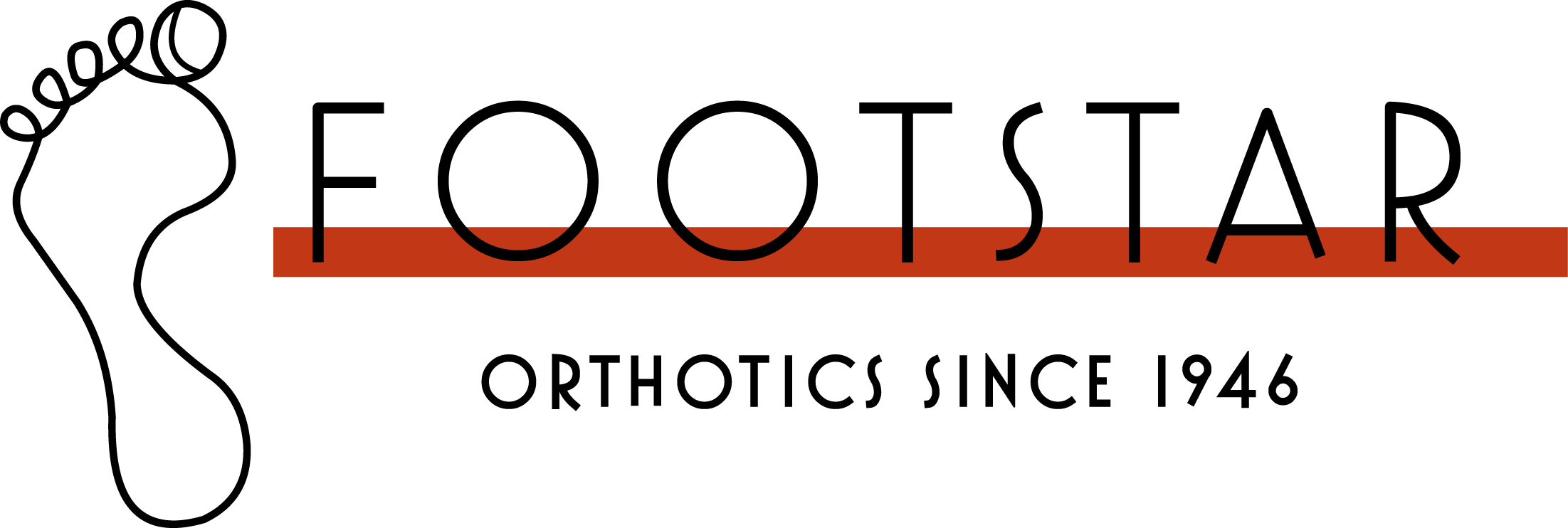Our custom orthotics range from $185 to $225 depending on specific model, which is competitively-priced for the market. Some custom orthotics and insoles can run upwards of $800, and the average range is somewhere between $200 and $600. An important consideration when evaluating custom orthotics cost, however, is durability. The custom orthotics cost needs to reflect the quality of the materials, as described above. At Footstar Orthotics, our goal is creating the most durable, long-lasting orthotics possible, so that replacing them is infrequent and your costs are minimized. You get certified professionals working on your custom orthotics using top-of-the-line technology, and the end product will improve your health at a very manageable cost.
It is said that about 75% of Americans will experience one or more types of foot pain in their lives, and usually this occurs because of issues with their shoes. Many turn to custom orthotics to align your foot and ankle into the best anatomic position. Orthotics typically look like shoe insoles, but as the name implies, they are personalized to correct your specific foot issue.
Custom orthotics are unique in that they treat the root cause of the problem, as opposed to simply treating the area where the pain is located. Many sufferers of chronic lower body pain seek out physiotherapy to treat the areas of concern. In these situations, the pain resides for a time, and then returns when a person resumes their normal activities. The alignment of the foot actually needs to be corrected on a consistent basis, and this concept can apply to anyone. The only real path to consistent alignment of the foot with the rest of the lower body, and relief from foot pain altogether, is through the use of custom orthotics.
We take great measures to ensure that clients receive the support they need at a reasonable custom orthotics cost. While the term “custom” automatically brings about the idea of “high cost”, this isn’t always the case. So, in terms of product, what can you expect, and how does this compare with others across the industry?
